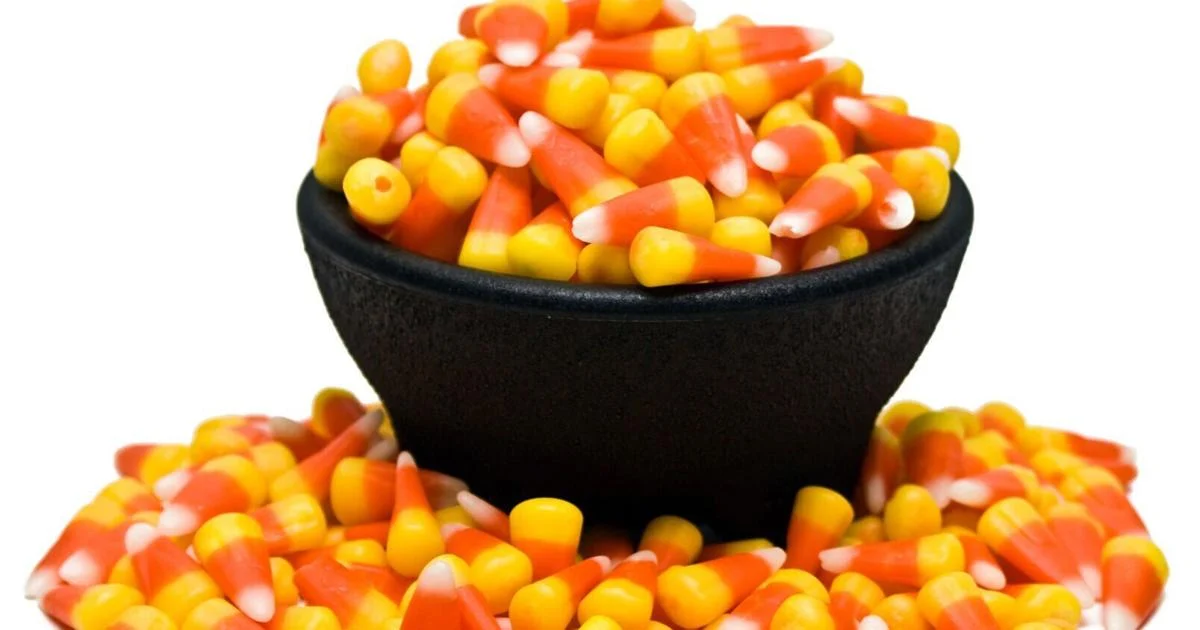
Starting now — with Halloween treats beckoning indulgence — excessive sugar consumption rises and continues through the holidays, well into the new year. Along with the immediate effects of sugar highs and lows, these months of spiked sugar intake are linked to a range of health issues including increased crankiness, sluggishness, stomachaches, tiredness, weight gain and gut issues including gas, bloating and diarrhea. In the long term, over time, too much sugar increases the risk of chronic diseases, such as type 2 diabetes and heart disease.
Now is a good time to think about alternative solutions that let you and your family enjoy the days now through Halloween, Thanksgiving and all of the holidays into the new year, without indulging in excess sugar.
What sugar does to you
Sorting out the links between diet throughout life and long-term disease risk is complex, but one thing health professionals have learned is that sugar is a major contributor to health risks throughout all stages of life.
Most processed foods (like candy) contain added sugars and more calories with little nutritional value. Added sugars are sugars that manufacturers add to food to sweeten them and extend their shelf life. It’s estimated that in today’s high-sugar food environment, nearly 70% of processed foods and 80% of snacks have some type of added sugar.
And it’s not just more sugar, but also the many different types of sugar and alternative sweeteners, that have infiltrated our food supply. This combination of sweetness in our food environment is a recipe for danger as more sugar can disrupt the process of healthy growth and development from early childhood through the golden years.
Research shows that on a typical day, the average person consumes approximately 17 teaspoons of added sugar, wildly above the recommended limit of 6 teaspoons for women and 9 teaspoons for men. And when surrounded by seasonal sweets, favorite food traditions and treats during this time of year, those 17 teaspoons can quickly grow. Alarmingly:
During Halloween, the biggest holiday of the year for candy makers, a child on average will consume 3,190 calories of sugar from just trick-or-treating. That’s about 3 cups of sugar, equal to about 168 sugar cubes.
Adults are estimated to consume 3.4 pounds of candy over the next few weeks in October.
Each year, millions of people are affected by suicide, yet stigma and misunderstanding often keep these struggles hidden.
Sugar-sweetened drinks are a leading source of added sugars, along with lots of calories, devoid of nutrition. Sugar-sweetened drinks prompt your body to make and store more fat as drinks don’t process calories the same as food. Fruit juices can contain hidden artificial sugar. If you’re making a punch, watch out for processed “juice cocktails” — cranberry juice cocktail, for instance, contains a lot of added sugar. Go for 100% fruit juices that contain only the sugar extracted from the fruit or vegetable, and drink water or another unsweetened drink.
Along with the long list of health concerns mentioned earlier, those sugary, sticky and full-of-fake-ingredient treats are linked to:
Tooth decay
Acne
Increasing the risk of developing gout
Impaired memory and increased risk of dementia
Insulin resistance
High blood pressure
Low mood
Aging skin
Inflammation, oxidative stress and other factors influencing a person’s risk of developing cancer
Small, intentional, consistent habits can reshape your health and mindset, which supports helping you to feel better in just a few days.
What to do about it
Now through the new year brings many sweet temptations. Here are some ways to manage that sugar monster:
Stay hydrated. Thirst often masquerades as hunger.
Eat three nutritious meals with no more than four hours between them, along with some healthy treats.
Don’t keep holiday treats out; put them away.
Be intentional about how much, what and when you’ll eat to allow for mindful indulgence.
People share that during these special times, it can be easy to forget the harmful effects of excessive consumption of sugar-laden foods and beverages. Stay vigilant; track and identify the sugars you’re consuming. Yes, it can be challenging since sugar goes by so many names, including brown sugar, cane juice/cane sugar, coconut palm sugar, fruit juice concentrates, brown rice syrup, maple syrup, high fructose corn syrup, glucose, sorbitol, barley malt syrup, sorghum syrup, dextrose, fructose and anything else that ends with “-ose,” to name a few.
Nutrition labels have a separate line now showing the amount of added sugar. And there’s sugar math, with sugars listed in grams. A teaspoon of sugar is roughly 4 grams. Eaten routinely, it increases the potential for serious health problems. Bottom line: Your body doesn’t need added sugars.
This time of year offers dangerously increased levels of sugar. Stay vigilant and make healthy choices. Mindful choices now can protect your health through the coming festive days and in the long term.
According to scientific research, the benefits of hugging extend far beyond the emotional comfort it can provide.
Dr. Nina Radcliff, of Galloway Township, is a physician anesthesiologist, television medical contributor and textbook author. Email questions for Dr. Nina to editor@pressofac.com with “Dr. Nina” in the subject line.
This article is for general information only and should not be used for the diagnosis or treatment of medical conditions and cannot substitute for advice from your medical professional.